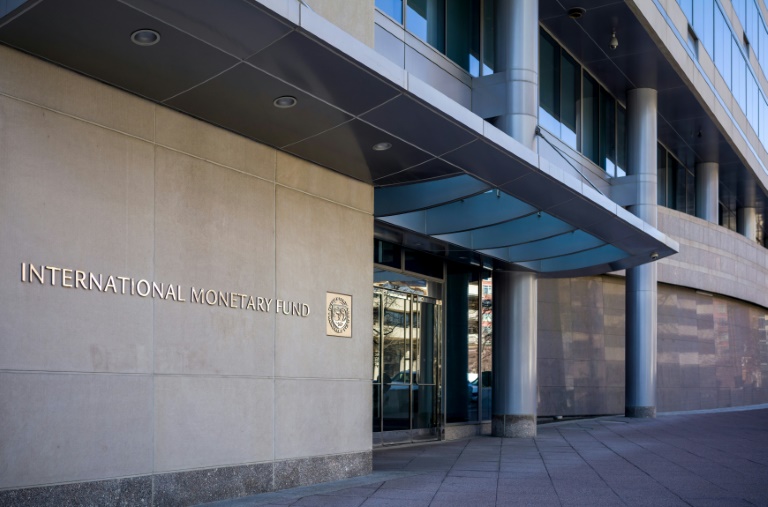Brussels (AFP) – The eurozone economy narrowly avoided a technical recession in the second half of 2023 but stagnated in the final three months of the year, official data showed Tuesday.
The single-currency area’s economy has been hit by many factors including higher interest rates, a cost-of-living crisis battering household spending and weakening global demand.
The stagnation was driven by the dismal performance of the continent’s powerhouse Germany, although southern European states helped the area avoid recession.
The zero-percent quarter-on-quarter figure for the October-to-December period beat forecasts.
Analysts for Bloomberg and financial data firm FactSet had predicted a contraction of 0.1 percent in the fourth quarter.
If the predictions had been correct, that would have meant two consecutive quarters of contraction — the threshold for a technical recession.
The EU’s Eurostat data agency also recorded no growth in the 27-country bloc — which includes members that do not use the euro — over the October-December period after a contraction of 0.1 percent in the third quarter.
Economists predict the economic stagnation will continue.
“We think that it will flatline in the first half of this year too as the effects of past monetary tightening continue to feed through and fiscal policy becomes more restrictive,” said Jack Allen-Reynolds of Capital Economics, an economic research firm.
He added that the eurozone dodging a technical recession was “just semantics”.
“The big picture is that eurozone GDP has been flat since Q3 2022 when gas prices surged and the ECB (European Central Bank) started raising interest rates,” he said.
Energy prices soared after Moscow’s invasion of Ukraine and as Europe scrambled to shift to different energy sources after relying on Russia for many years.
– ‘Tired’ Germany –
Germany’s lacklustre performance comes as its critical manufacturing sector reels from soaring power costs, with the situation compounded by slowing demand from key export destinations, such as China.
The German economy shrank 0.3 percent in the final quarter of 2023, Eurostat said.
Meek consumption and confusion over the government budget has also hurt Germany.
German Finance Minister Christian Lindner dismissed the view that his country was the “sick man” of Europe during an event at the World Economic Forum earlier this month, insisting it was “a tired man after a short night”.
The International Monetary Fund (IMF) highlighted Tuesday “notably subdued growth in the euro area”, and pointed to Germany once again set to be the slowest-growing G7 economy, expanding by just 0.5 percent this year.
France, the EU’s second biggest economy, and Italy, the third-largest, are expected to grow by 1.0 and 0.7 percent respectively this year, according to the IMF.
– US, EU diverge –
Southern countries like Portugal and Spain drove the eurozone’s better-than-expected overall performance.
Portugal and Spain recorded final quarter growth of 0.8 and 0.6 respectively, while Italy expanded by a smaller 0.2 percent in the same period.
France recorded zero growth in the final two quarters of 2023.
Ireland’s economy recorded the biggest contraction for the period, shrinking 0.7 percent.
Economists pointed to the growing difference in the eurozone’s economic performance and that of the United States.
“The divergence with the US is becoming bigger.In the eurozone, consumption is suffering much more from the high inflation spike because wage growth has been slow to adjust due to more negotiated wage-setting,” Bert Colijn of ING said.
The IMF expects the US economy to grow by 2.1 percent in 2024, compared with 0.9 percent for the euro area.
In Europe, there are hopes the ECB will start cutting interest rates before the middle of the year, although its chief Christine Lagarde said last week it was too early to discuss such action.
On Thursday, Eurostat will publish inflation data for January, after the annual rate reached 2.9 percent in December.That is still above the ECB’s two-percent target.






















